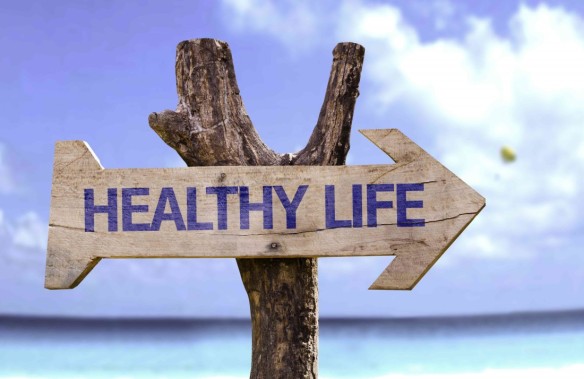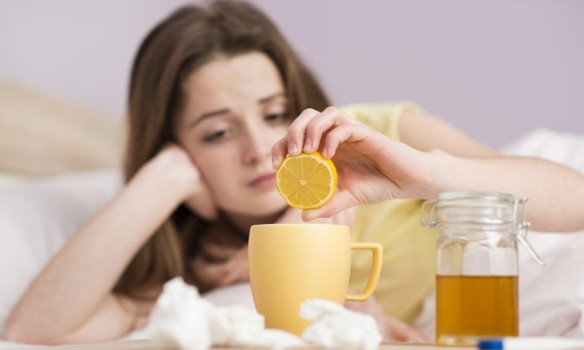This week we are reposting one of our most-read posts…

If you are familiar with Ayurveda, you are familiar with the concept that everything in life — including our bodies, the food that we eat, and the environment around us — is composed of the three “doshas”; Vata, Pitta and Kapha. These qualities, or principles of nature, each have their own fundamental traits. Vata, the principle of movement, is the ruling dosha for the late fall and winter seasons. These months are marked by the same qualities that characterize Vata: coldness, dryness, lightness, and movement.
During the winter many notice a tendency toward dryness, constipation, anxiety and insomnia — all Vata imbalances that can take their toll on our skin. Luckily, through the understanding of Ayurvedic principles, we can take steps to pacify Vata and keep our skin balanced and glowing throughout the winter months.
Washing the Face
At any time of the year it is important to be gentle when washing the face, as it is easy to aggravate vata, which can promote dryness and wrinkles. Favor body-temperature water over hot water. Avoid using soaps with chemical additives. For most skin types, sweet almond oil is a good lubricant to use after washing to help protect the skin. Sweet almond oil is also healthy way to remove make-up before washing. A luxurious option for keeping skin lubricated in the winter is to bathe the face with milk. Whole, organic milk is ideal. The tiny, nutritious molecules of milk can be easily be absorbed by our skin without clogging the pores. Heat the milk to body temperature (not too hot) before applying.
Ten Vata-Reducing Tips to Promote Glowing Skin
- Drink plenty of warm, pure water throughout the day to both purify the body and stay well hydrated.
- Ideally, enjoy organic, freshly cooked meals, using healthy oils such as olive oil and ghee. Remember, you want to counter the influence of Vata, which is characterized as light, dry and cold. Healthy oils in winter are our friends.
- Eat your main meal at noon.
- Avoid packaged, frozen, canned and processed foods, which are difficult to digest and often include harmful additives.
- Favor Vata-pacifying foods such as avocados, pumpkins, carrots, beets, asparagus, bananas, lemons, mangoes, peaches, quinoa, basmati rice, wheat, almonds, sesame seeds, boiled milk, and ghee. Nuts and seeds provide healthy oils that are good for skin and hair. Eat more foods with sweet, sour, and salty tastes and less of those with bitter, astringent, and pungent tastes. Don’t forget that Ayurveda recommends having some amounts of all six tastes with every meal. Otherwise the body can develop food cravings. Ayurvedic spice mixes or “churnas” can help you make sure that you get all six tastes.
- Avoid dry, raw foods, especially salads and raw vegetables.
- Use a humidifier at night, especially if you have forced air heating.
- Oil Up! Before your morning bath, give yourself a gentle self-massage with sesame oil. Those who tend toward pitta imbalances may prefer sweet almond oil or olive oil or coconut oil. The oil helps to pull out toxins from the skin and also leaves a protective layer between your skin and the harsh winter environment. Don’t feel like you have to remove the oil with soap. Soap is essentially oil and fat combined with salt. A good scrub with a luffa or body brush after your morning oil massage is really all you need.
- Go to bed early and try to get eight hours of sleep. The most effective means of pacifying Vata is to increase rest.
- Learn to meditate. The Raj Ayurveda Health Center recommends the Transcendental Meditation program (TM) to complement their in-residence Ayurvedic treatment packages. An imbalance of Vata can lead to an overactive mind, worry, anxiety and insomnia. Over 350 published research studies on the TM technique have documented a wide range of benefits, including reduced stress and anxiety, improved health and brain function, and increased self-actualization.
For more information on Vata-pacifying skin care products, herbal formulas to improve skin or digestion please contact the herb room at The Raj. Ideally a visit to an Ayurvedic expert in your area will help to more precisely determine which supplements, diet recommendations and life-style tips would benefit your individual mind/body make-up.
Learn more at:





